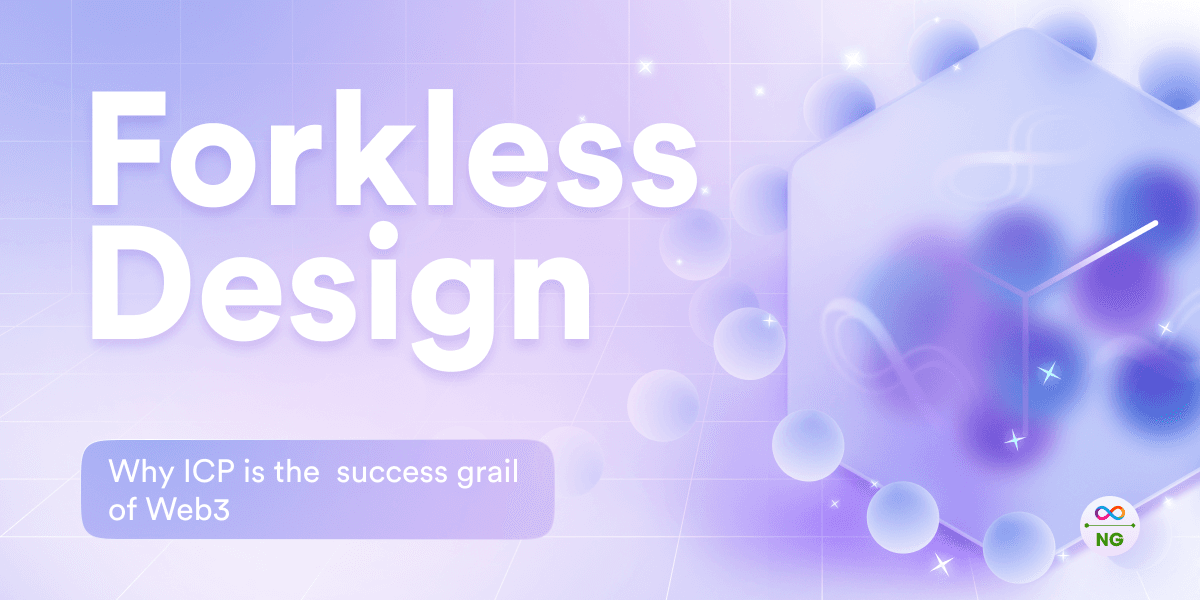
In the blockchain world, forks are a natural phenomenon. They represent a divergence in a blockchain protocol that can lead to different outcomes. Think of it as a path splitting into two—each leading somewhere entirely different. Forks happen for various reasons, ranging from upgrades to disputes over the future direction of a blockchain.
Forks are common in decentralized blockchain networks like Bitcoin and Ethereum, occurring when consensus among participants isn’t reached. This leads to split chains with differing visions. As of late 2023, Bitcoin has over 70 active forks, with more than 100 forks in total, many of which are inactive. These forks emphasize the importance of consensus in maintaining a unified and stable network.
Types of Blockchain Forks
Soft Forks
A soft fork is a backwards-compatible update to the blockchain. It introduces new rules that work with the old ones, meaning nodes not updated to the latest version can still process transactions, though they may not benefit from the latest features.
- Example: SegWit on Bitcoin improved transaction processing without splitting the chain.
- How to Handle It: Keep your nodes up to date with the latest software to benefit from improvements without disruption.
Hard Forks
A hard fork is a permanent divergence in a blockchain, creating two separate networks. This happens when changes to the protocol are not backwards-compatible. If consensus isn’t reached, the blockchain splits, and users must decide which version to support.
- Example: Ethereum and Ethereum Classic split after the DAO hack.
- How to Avoid Negativity: Foster community consensus before implementing major changes. Disputes can often be resolved through open discussions and voting mechanisms.
Accidental Forks
These occur when two miners find a block at nearly the same time. Temporary in nature, they’re resolved when one chain becomes longer, and the shorter chain is discarded.
- Example: Bitcoin sees occasional accidental forks due to its global network latency.
- How to Handle It: You don’t need to do much here as the network automatically resolves these forks. As a user, ensure your wallet syncs to the longest chain.
Contentious Forks
These are born out of ideological disagreements within the community. Often, they lead to long-lasting splits, where two distinct blockchains emerge.
- Example: Bitcoin Cash emerged from Bitcoin due to disagreements over block size.
- How to Avoid Negativity: Encourage dialogue and compromise among stakeholders to prevent factions from forming.
Can Forks Happen on the Internet Computer Protocol (ICP)?
No! The Internet Computer Protocol is designed to avoid forks entirely, and this is where the technology shines. Unlike traditional blockchains, ICP employs a unique consensus mechanism powered by its Network Nervous System (NNS). This advanced layer ensures decisions on upgrades and changes are collectively agreed upon and implemented seamlessly across the network. It leaves no room for forks, whether accidental or contentious.
If you're thinking, “What’s the big deal?”—here’s the thing: Forks are messy. They can confuse users, devalue assets, and fragment developer communities. On ICP, none of that happens. Every upgrade happens automatically, with the NNS orchestrating protocol changes without breaking consensus.
Why ICP’s Forkless Design Deserves the Hype
- Unified Development: No splitting of developer resources or communities. Everyone stays on the same page, building the future together.
- Enhanced Security: Forks often lead to vulnerabilities. ICP avoids this, ensuring the network is resilient to attacks.
- Smooth User Experience: As a user or business owner, you don’t have to wonder, “Which chain should I trust?” With ICP, it’s always one chain, one future.
- Seamless Evolution: ICP grows without breaking stride. Its on-chain governance and seamless upgrade process mean the ecosystem is always at the cutting edge.
ICP isn’t just a blockchain—it’s the next evolution of decentralized technology. It’s the difference between a fragmented future and a united one. So, if you’re a developer, investor, or enthusiast, you can confidently bet on ICP, knowing it avoids the headaches and drama that forks bring to other networks.
Let’s face it: A forkless blockchain? That’s the holy grail of Web3.
Article by: Mana Lamja